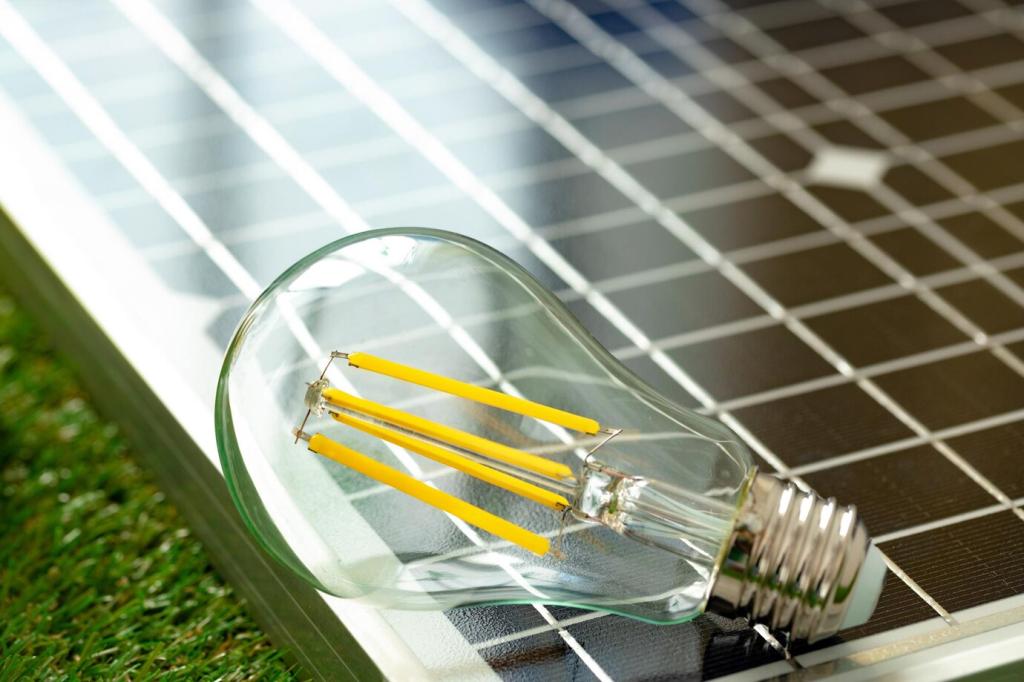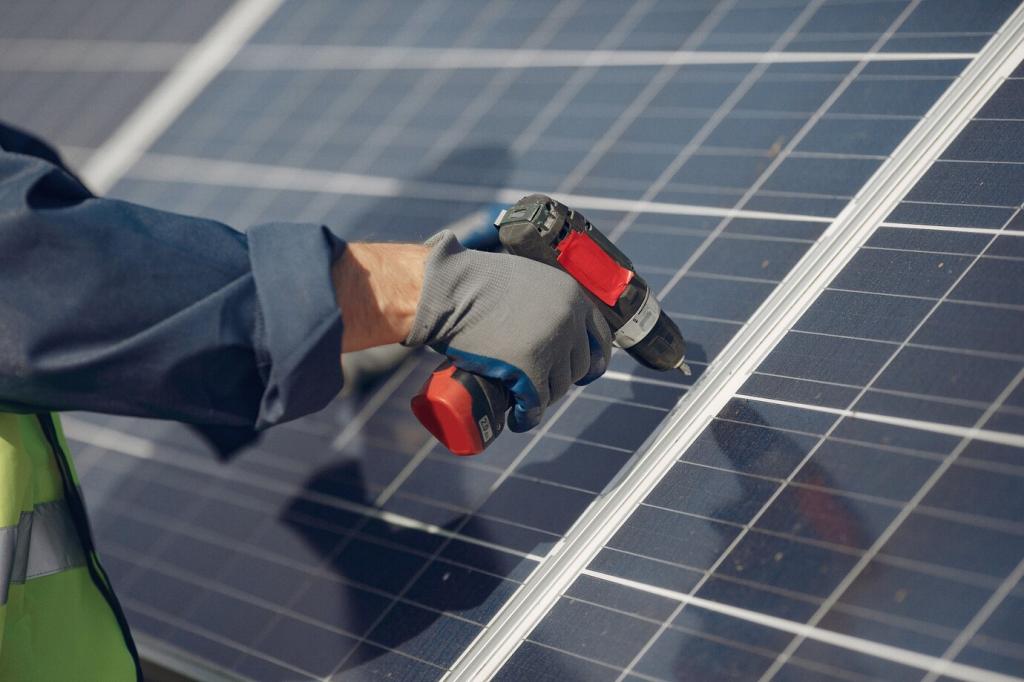Defeat Losses: Shade, Soiling, and Seasonal Obstacles
Winter sun is lower, creating longer shadows from trees, antennas, and nearby buildings. Do a seasonal walk-around, check production dips, and share a photo. Together we can plan trimming or microinverters where partial shade is unavoidable.
Defeat Losses: Shade, Soiling, and Seasonal Obstacles
Coastal salt, spring pollen, and desert dust settle differently. Light rain often smears rather than cleans. Try a gentle rinse during dry spells, log the before-and-after yield, and report your percentage gain so others in similar climates can learn.





